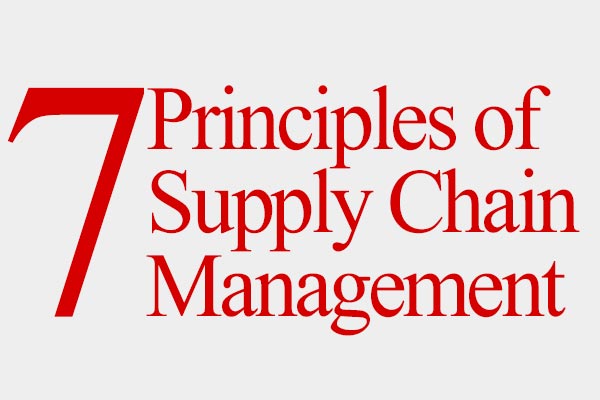Pearson on Excellence: Entrepreneurial thought for logistics and supply chain managers
Many logistics and supply chain executives bemoan the fact that their people aren’t generating enough new ideas. However, often the fault lies with the companies themselves. Comfortably nestled inside the box, most organizations don’t work hard enough to nurture and support entrepreneurialism and innovation. According to an Accenture study, tons of ideas are floating around a typical company.
The current digital revolution in business makes entrepreneurial thought—and action—doubly important. Not long ago, competitors had time to fashion responses to competitors’ introduction of a truly new product, process, or service.
Film photography saw digital coming for years. Today, however, new digitally empowered business models can be catastrophic for incumbents because there is so little time to react. Eighteen months after Google launched Google Maps Navigation, the GPS device market had lost up to 85 percent of its market cap.
So, what can companies do to foster and accelerate innovation? A good place to start is define what you want. Most employee-generated ideas probably shouldn’t grow legs: too narrow, insufficiently relevant, or maybe too internally focused. Thus a critical need is helping employees create ideas that align with the company’s strategic goals.
Out-of-the-box thinking in supply chain management is a great example. Re-conceptualizing third-party relationships, launching collaborative design and manufacturing initiatives, and developing flexible capacity and flexible pricing programs can be just as rewarding as creating breakthrough products.
Unfortunately, a recent Accenture survey of 519 vice presidents, directors, and managers at large U.S., U.K., and French firms reveals that investing in new process and business models has fallen by more than 10 percent in the last three years.
Companies also need to cast a wider net. More than half the aforementioned survey population believe that their company does not support ideas from all levels of the workforce. The implication is that leadership thinks good ideas come solely from business decision makers and that rank and file employees have little to contribute.
Another innovation key is to make time for innovation. When asked to identify the biggest barrier to entrepreneurialism, survey respondents were most likely to say they’re too busy to pursue new ideas.
How have some of the world’s most innovative companies fixed this problem? Gmail and AdSense were partly the result of Google’s decision to let employees spend up to 20 percent of their time working on pet projects. And 3M allows employees to spend 15 percent of their time on projects and research that go beyond their core responsibilities, which is when multilayer optical films and silicon adhesive systems for transdermal drug delivery were created.
To really encourage innovation, it may be necessary to rethink your schedule. Consider three widely accepted determinants of success: achieving measurable financial gain, helping the company run more efficiently, and improving the company’s competitive position.
Most respondents said that their company allocates six months or less to determine if an idea has been successful. This is far too little time to fully implement and measure the success of ideas focused on the above-three determinants.
Accenture research confirms that truly entrepreneurial companies differ from their more-traditional brethren in at least two areas: the former reward effort and accept failure.
More than 25 percent of survey respondents said they’ve avoided pursuing an idea due to concerns about negative consequences, and more than 75 percent say their company rewards an idea only if it works. Companies clearly could benefit by incentivizing risk taking and rewarding efforts—not just outcomes. Although 42 percent of respondents think tolerance of failure from management is very important, only about 12 percent think their company really is tolerant.
Perhaps most important, companies need to develop a mechanism for running with big ideas. One way to do this is to create a model for corporate entrepreneurialism built on a push-pull cycle of input from corporate and output of incentives for employees:
Push: Encourage senior management to incorporate appropriate levels of risk and tolerance of failure within business units; create programs to promote the company’s entrepreneurial culture and clarify the rules of the game for employees; implement processes and infrastructures to enable collaborative idea generation.
- Pull: Implement clear incentive policies that offer rewards for idea generation, not just successful implementation; establish a process by which business cases for new ideas can be validated, accelerated or shut down; create an internal ecosystem that includes mentors, outside business angels and venture capital expertise to accelerate assessment and commercialization.
Fostering entrepreneurialism and innovation doesn’t require an overhaul of internal processes. But it may necessitate a delicate balance that most companies have yet to strike: avoid dampening entrepreneurial spirit on the one hand, but refine the ability to aggressively cull low-potential ideas and run like the wind with potential winners.












